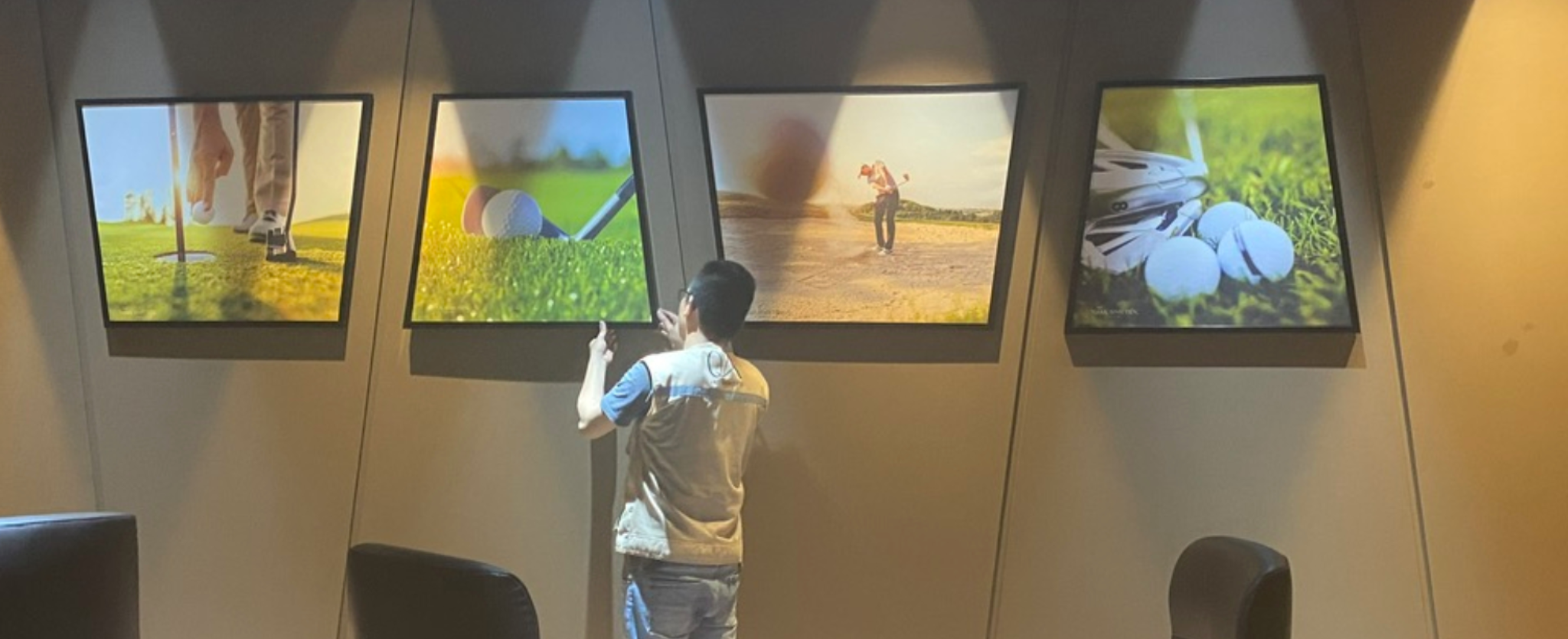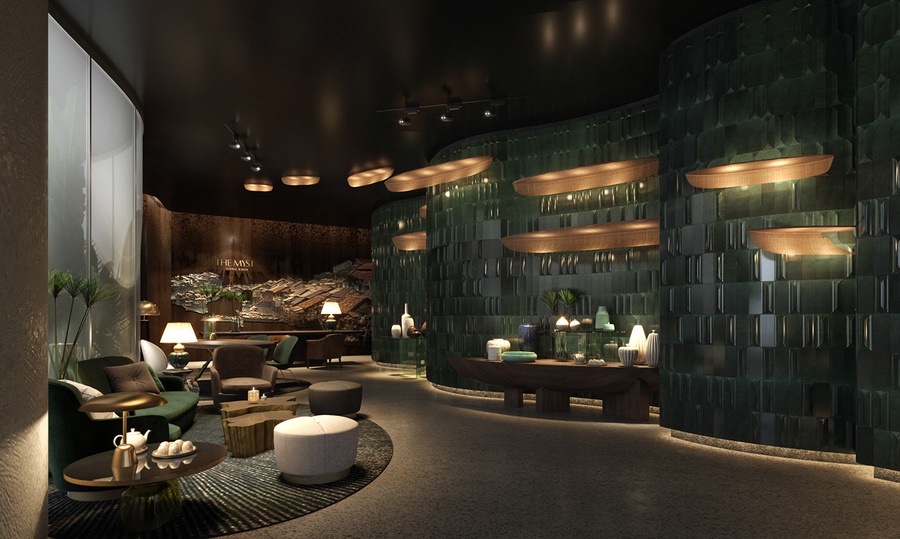Spatial Art: The Rising Design Trend in Southeast Asia
Over the years, spatial art has evolved from a niche concept into a dynamic design movement within the fields of interior design and architecture. In Southeast Asia, where tradition meets modernity, this trend is gaining strong momentum, becoming an essential component in high-end hospitality, commercial, and residential projects.
From Decoration to Experience
In the past, art was often seen as mere decoration—a final touch to beautify a space. Today, its role has transformed significantly: it is now an emotional experience, a brand identity, and even a storytelling language within the overall design concept.
Hotels, resorts, showrooms, and luxury residences are now integrating art into architectural planning from the very beginning. A mural, a sculpture installation, or a design inspired by local culture can become a distinctive focal point that elevates the entire project.
A Promising Market in Southeast Asia
With its rich cultural diversity and rapidly growing tourism and real estate infrastructure, Southeast Asia is becoming a fertile ground for the development of spatial art. Countries such as Vietnam, Thailand, Indonesia, and Malaysia are witnessing a surge in projects that require art integration, especially in hospitality and high-end leisure real estate.
This demand is not only driven by international groups but also by local investors aiming to create spaces with unique identities and strong aesthetic value.
Challenges and Opportunities for the Art Design Industry
Despite its vast potential, the availability of specialized professionals in spatial art design and execution remains limited in Southeast Asia. The lack of experts who can combine artistic vision with practical implementation poses a challenge for developers seeking to bring artistic concepts to life.
This gap opens opportunities for specialized studios like QA ART CONCEPTS, which are capable of collaborating with artists, architects, and investors to provide full-service art solutions—from concept consulting and design to production and installation.
The Future Belongs to Applied Art
In an age of globalization and personalization, spatial art is no longer an optional luxury—it is becoming a necessity in contemporary design. Projects that tell stories, evoke emotion, and express identity will shape the future of design in the coming decade.
With its deep cultural roots and strong growth potential, Southeast Asia is poised to play a key role in defining this future.




